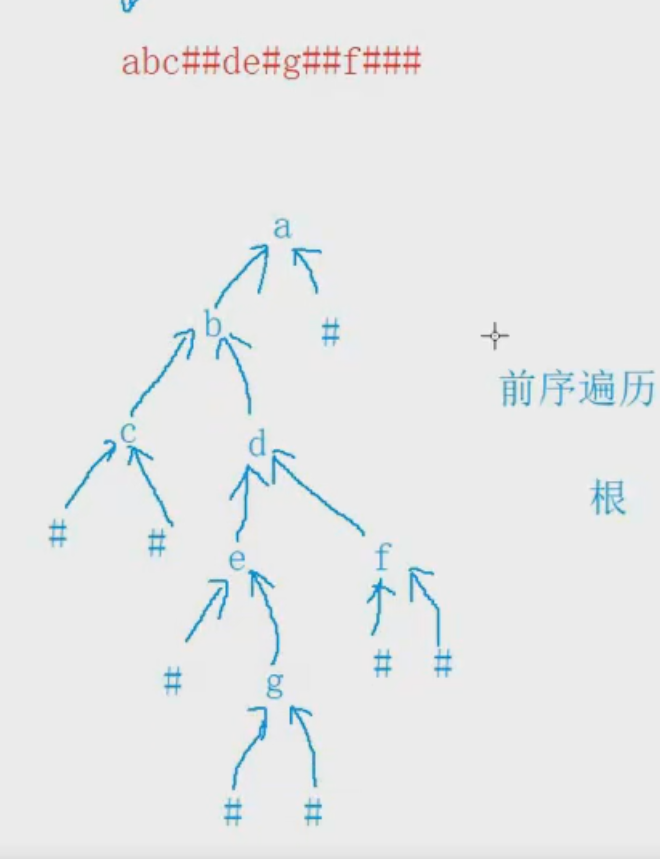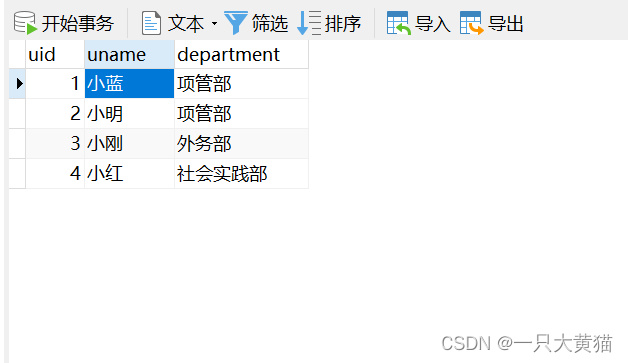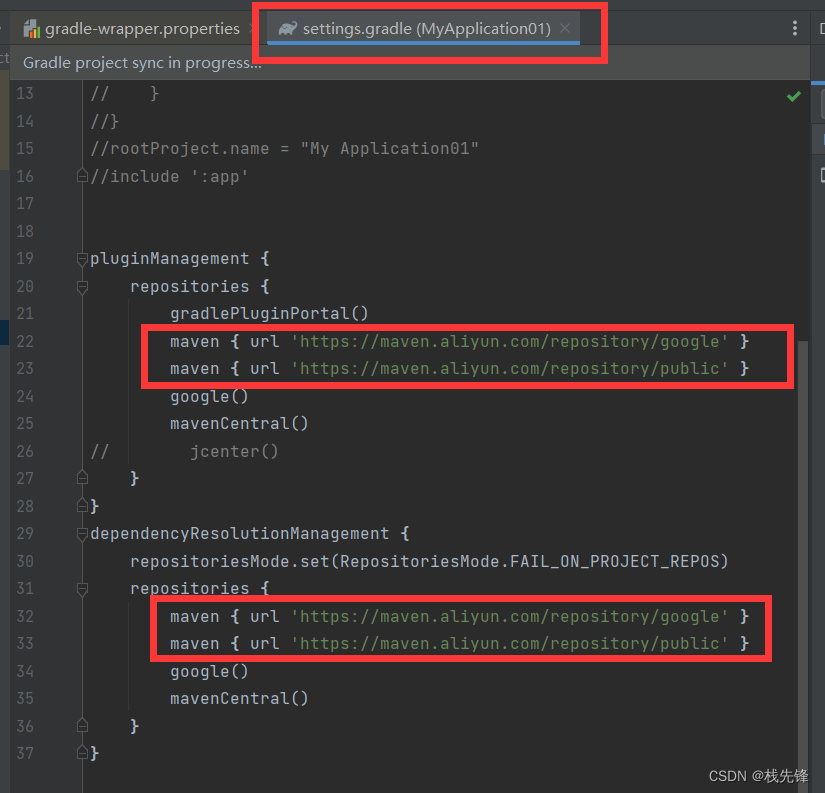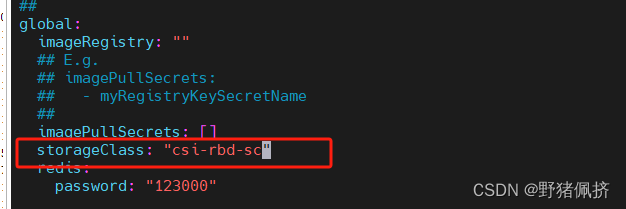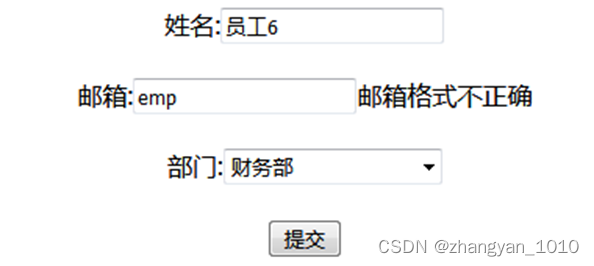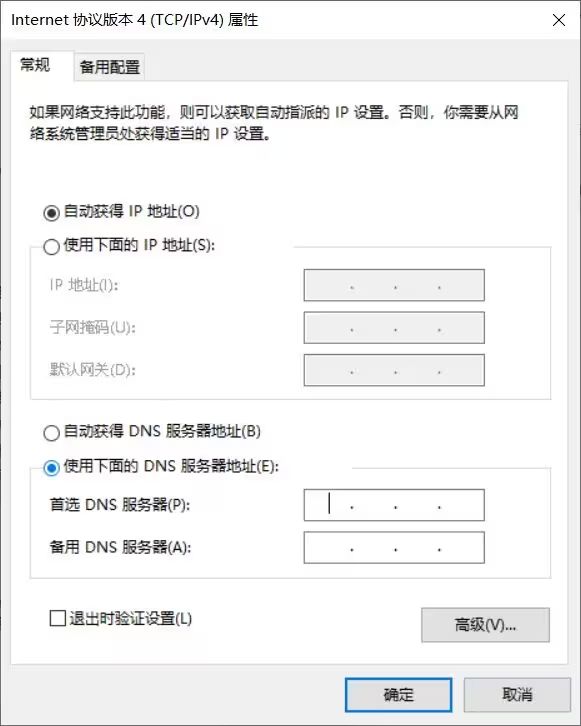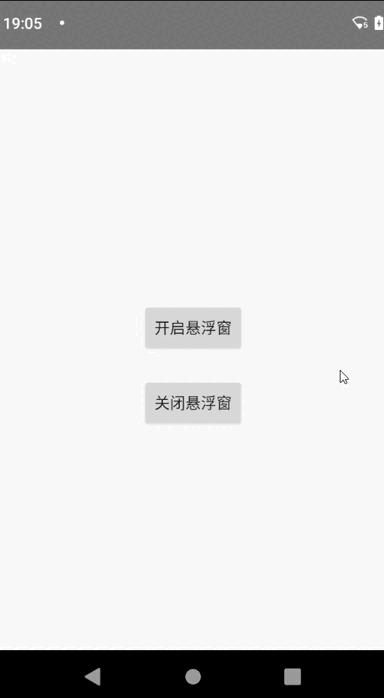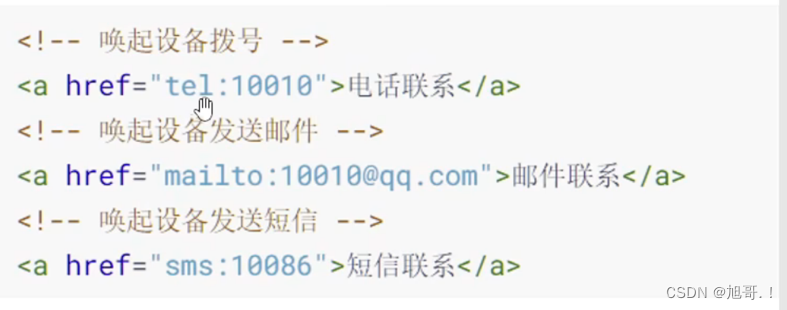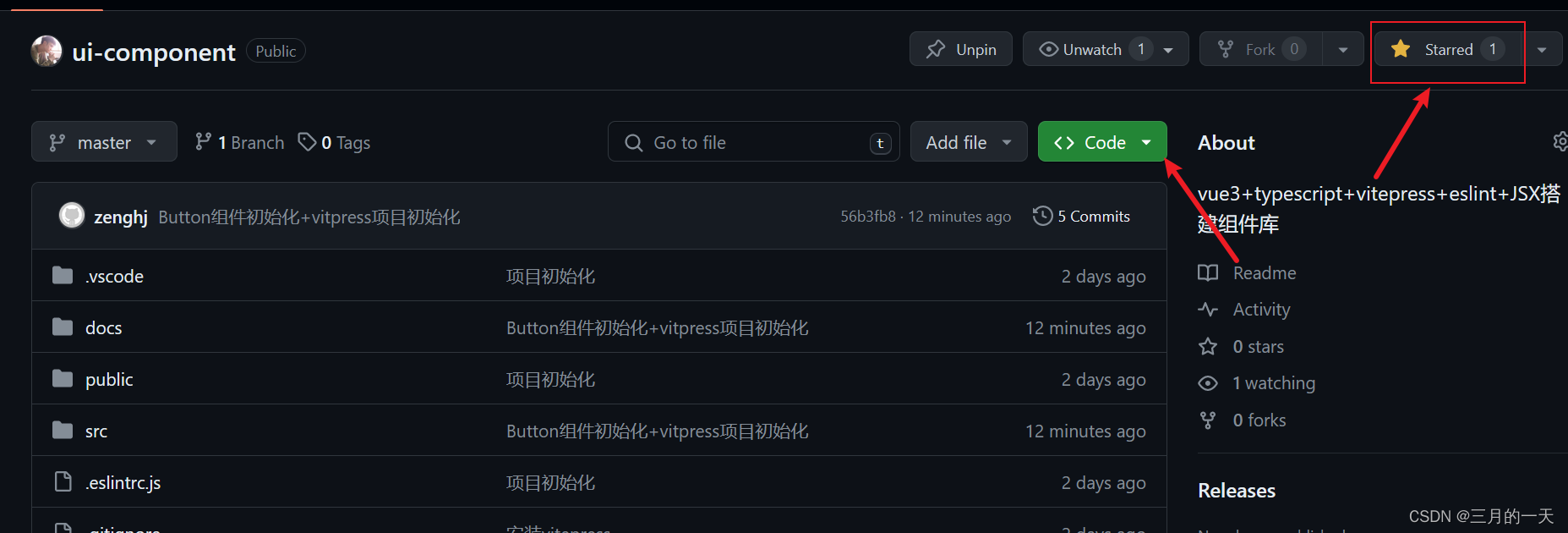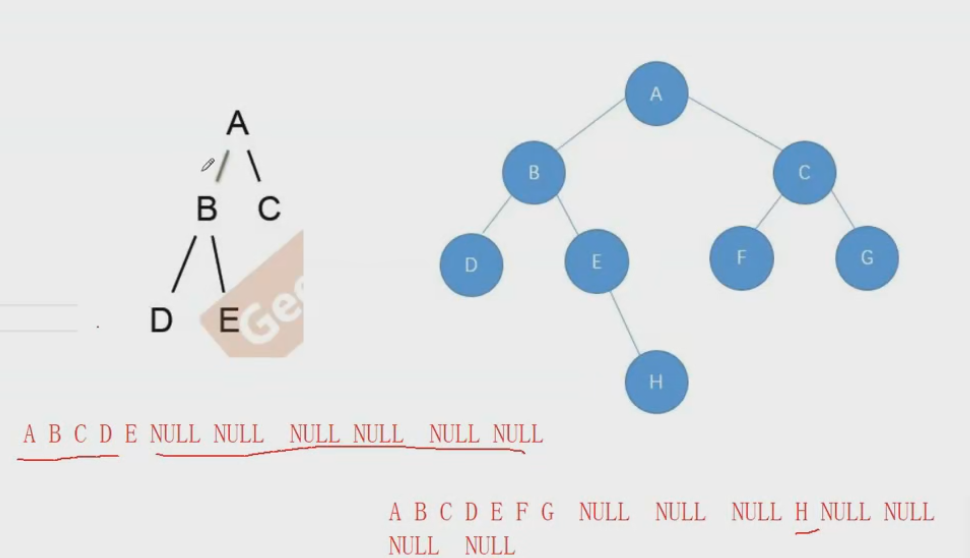一、什么是 LRU Cache
LRU(Least Recently Used),意思是最近最少使用,它是一种 Cache 替换算法。
什么是 Cache?
- 狭义的 Cache 指的是位于 CPU 和主存间的快速 RAM,通常它不像系统主存那样使用 DRAM 技术,而使用昂贵但较快速的 SRAM 技术。
- 广义上的 Cache 指的是位于速度相差较大的两种硬件之间,用于协调两者数据传输速度差异的结构。
除了 CPU 与主存之间有 Cache, 内存与硬盘之间也有 Cache,乃至在硬盘与网络之间也有某种意义上的 Cache ── 称为 Internet 临时文件夹或网络内容缓存等。

Cache 的容量有限,因此当 Cache 的容量用完后,而又有新的内容需要添加进来时,就需要挑选并舍弃原有的部分内容,从而腾出空间来放新内容。
LRU Cache 的替换原则就是将最近最少使用的内容替换掉。其实,LRU 译成最久未使用会更形象, 因为该算法每次替换掉的就是一段时间内最久没有使用过的内容。
二、LRU Cache 的实现
实现 LRU Cache 的方法和思路很多,但是要保持高效实现 O(1) 的 put 和 get,那么使用双向链表和哈希表的搭配是最高效和经典的。
使用双向链表是因为双向链表可以实现任意位置 O(1) 的插入和删除,使用哈希表是因为哈希表的增删查改也是 O(1)。

力扣对应题目链接:146. LRU 缓存 - 力扣(LeetCode)
class LRUCache {
public:
LRUCache(int capacity)
: _capacity(capacity)
{}
int get(int key) {
auto res=_hashMap.find(key);
if(res!=_hashMap.end())
{
LtIter it=res->second;
// 1.erase+push_front 更新迭代器,原迭代器失效
// 2.splice转移节点
_LRUList.splice(_LRUList.begin(), _LRUList, it);
return it->second;
}
else return -1;
}
void put(int key, int value) {
auto res=_hashMap.find(key);
if(res==_hashMap.end())
{
// 1. 新增
// 1.1 满了,先删除LRU的数据(_LRUList.size()是O(N))
if(_capacity==_hashMap.size())
{
pair<int, int> back=_LRUList.back();
_LRUList.pop_back();
_hashMap.erase(back.first);
}
// 2. 更新
_LRUList.push_front(make_pair(key, value));
_hashMap[key]=_LRUList.begin();
}
else
{
// 2. 更新
LtIter it=res->second;
it->second=value;
// 1.erase+push_front 更新迭代器,原迭代器失效
// 2.splice转移节点
_LRUList.splice(_LRUList.begin(), _LRUList, it);
}
}
private:
typedef list<pair<int, int>>::iterator LtIter;
unordered_map<int, LtIter> _hashMap;
list<pair<int, int>> _LRUList;
size_t _capacity;
};
/**
* Your LRUCache object will be instantiated and called as such:
* LRUCache* obj = new LRUCache(capacity);
* int param_1 = obj->get(key);
* obj->put(key,value);
*/